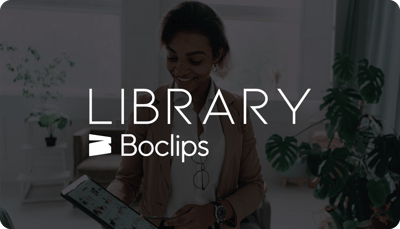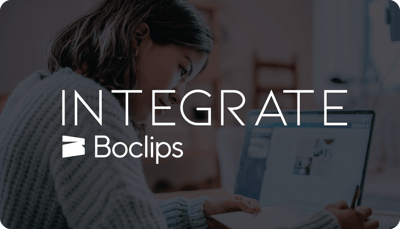Ah, procuring educational content. It's a lot like gathering ingredients for a five-course meal. You can't just toss a bunch of random items into your cart and hope for the best. Well, you could, but then you'd end up with a dish that even your dog would turn its nose up at. So, let's put on our chef's hats—or should I say, our curriculum designers' thinking caps—and dive into the ultimate checklist for procuring educational content that's Michelin-star worthy.
Step 1: Know Your Menu (Curriculum)
Before you even step into the "grocery store" of educational content, you need to know what you're cooking up. Are you designing a science curriculum or an arts and crafts course? The ingredients (read: content) will vary wildly.
Checklist:
- Define the scope of your curriculum
- Identify the core subjects or topics
- Determine the age group and skill level
Step 2: Make a Shopping List (Content Plan)
You wouldn't go grocery shopping without a list, unless you enjoy aimlessly wandering the aisles. The same goes for educational content.
Checklist:
- List the types of content needed (videos, articles, quizzes, etc.)
- Prioritize them based on the curriculum's requirements
- Note down any special "dietary restrictions" like compliance and licensing needs
Step 3: Choose the Right Store (Content Providers)
Not all grocery stores are created equal. Some are high-end, offering only organic, locally-sourced items, while others are budget-friendly but might lack in quality. Similarly, not all educational content creators are the same.
Checklist:
- Research various educational content providers
- Check their credentials and reviews
- Ensure they offer the "ingredients" you need
Step 4: Check the Expiry Dates (Content Relevance)
Would you buy milk that's past its expiry date? Of course not. The same rule applies to educational content. Make sure it's fresh and relevant.
Checklist:
- Verify the publication date
- Ensure the content aligns with current educational standards
- Double-check for any outdated information or practices
Step 5: Don't Forget the Spices (Supplementary Resources)
A dish isn't complete without the right spices. In the world of education, these are your supplementary materials like curriculum online textbooks and resources.
Checklist:
- Look for additional reading materials, worksheets, or interactive activities
- Ensure they complement the main content
- Make sure they're age-appropriate and engaging
Step 6: Check Out and Review (Quality Assurance)
You're almost ready to cook! But before you do, double-check your cart. Is everything in order? Do you have all the ingredients for a successful educational feast?
Checklist:
- Review all selected content for quality and relevance
- Ensure you've met all compliance and licensing requirements
- Do a small "taste test" by piloting some of the content
Bon Appétit!
Congratulations, chef! You've successfully procured all the ingredients you need for a delectable educational experience. Now, all that's left is to cook it up and serve it to your eager learners. Bon appétit!
So, the next time you find yourself overwhelmed by the daunting task of procuring educational content, just remember: you're the chef of your educational kitchen, and this checklist is your recipe for success. Happy cooking, curriculum designers! 🍽️
This blog post is seasoned with love and a dash of humor, just like grandma's cooking. For more insights into the world of educational content creation, stay tuned!
- #Video in Digital Learning
- #Classroom
- #Educational Videos
- #Video Content Partners
- #Tips for Using Video
- #Boclips for Publishers
- #Issues in Education
- #Educational Videos by Subject Area
- #News and Announcements
- #Events & Holidays
- #Video and Teaching Tools
- #Teaching Methodologies
- #Education Videos
- #Video and Digital Literacy
- #Short Educational Videos
- #Instructional Design
- #Multimodal Learning
- #Video and Student Safety
- #Accessibility in Education
-3.png?width=390&height=223&name=Untitled%20design%20(2)-3.png)


.png?width=1152&height=660&name=Copy%20of%20Untitled%20Design%20(1).png)



